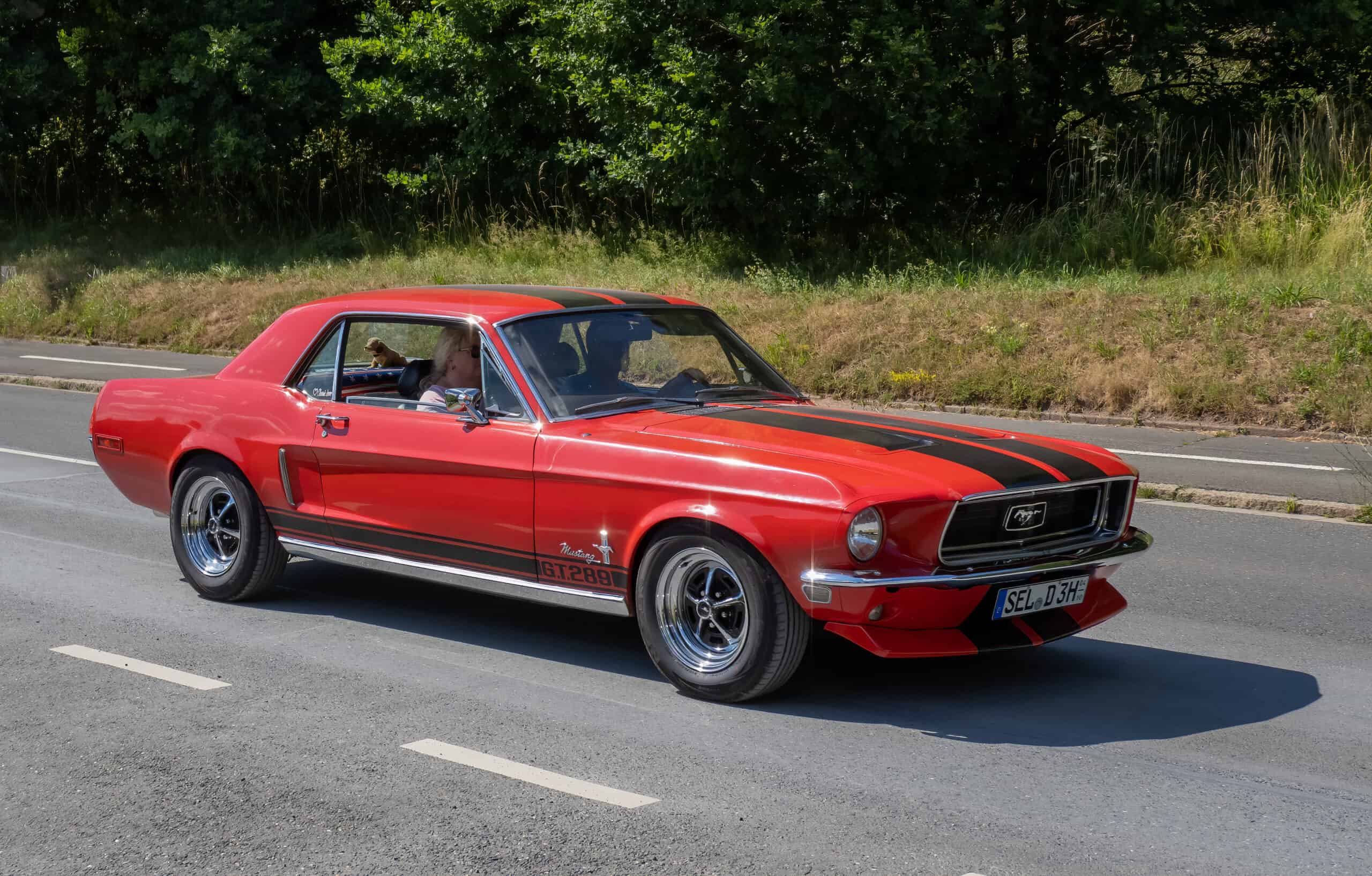In the automotive industry, it’s common for brands to discontinue certain car models in favor of more popular ones, redirecting resources where demand is higher. However, the oldest car models still in production have adapted to market demands while preserving the cherished attributes that consumers value most.
In this article, we’ll take a look at the 10 oldest car models still in production, exploring some of the reasons for their continued success.
Chevrolet Suburban (1935)
After almost 90 years since its debut, the Chevrolet Suburban holds the title of the oldest car model still in production.
Now in its 12th generation, the Chevrolet Suburban began its life cycle as a carryall station wagon. While its original design emphasized its carrying capacity, it underwent a transformation in 1967, lengthening its frame and introducing a third row of seats. This evolutionary step not only enhanced its ability to accommodate more passengers but also contributed to expanding its overall capacity.
Over time, the Chevrolet Suburban has become one of the most beloved family cars in America. It’s appeared in so many films that it even received a star on the Hollywood Walk of Fame.
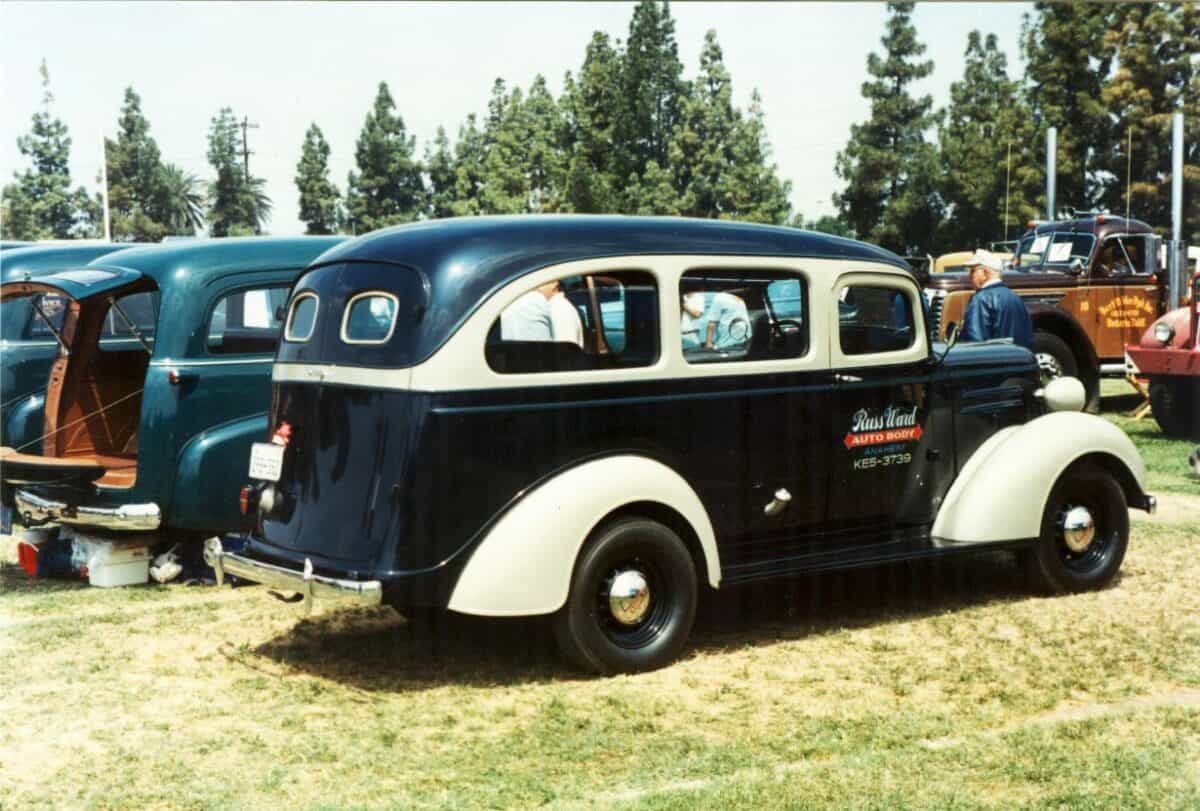
The first generations of the Chevrolet Suburban were designed to haul passengers and their cargo.

While the body has changed significantly, hauling passengers and cargo is still at the heart of its design.
Volkswagen Transporter (1947)
The Volkswagon Transporter is the best-selling van in history.
In various markets, Volkswagen labeled it as the Kombi, Samba, and Microbus, but it’s affectionately known as the “hippie van” worldwide. This nickname reflects its popularity among free spirits, particularly in the 1960s and 1970s, symbolizing the counterculture movement.
The van’s spacious interior made it a favorite among travelers seeking an affordable way to explore the open road. However, the van’s influence extended beyond its practical use, cementing its place in pop culture by frequently appearing on television.
Due to its cultural significance and nostalgic appeal, the Chevrolet Transporter has become a sought-after collector’s item. Well-preserved or restored models often appear at auction, commanding premium prices. In contrast, modern models are used more for commercial purposes, such as vehicles for police or delivery services.
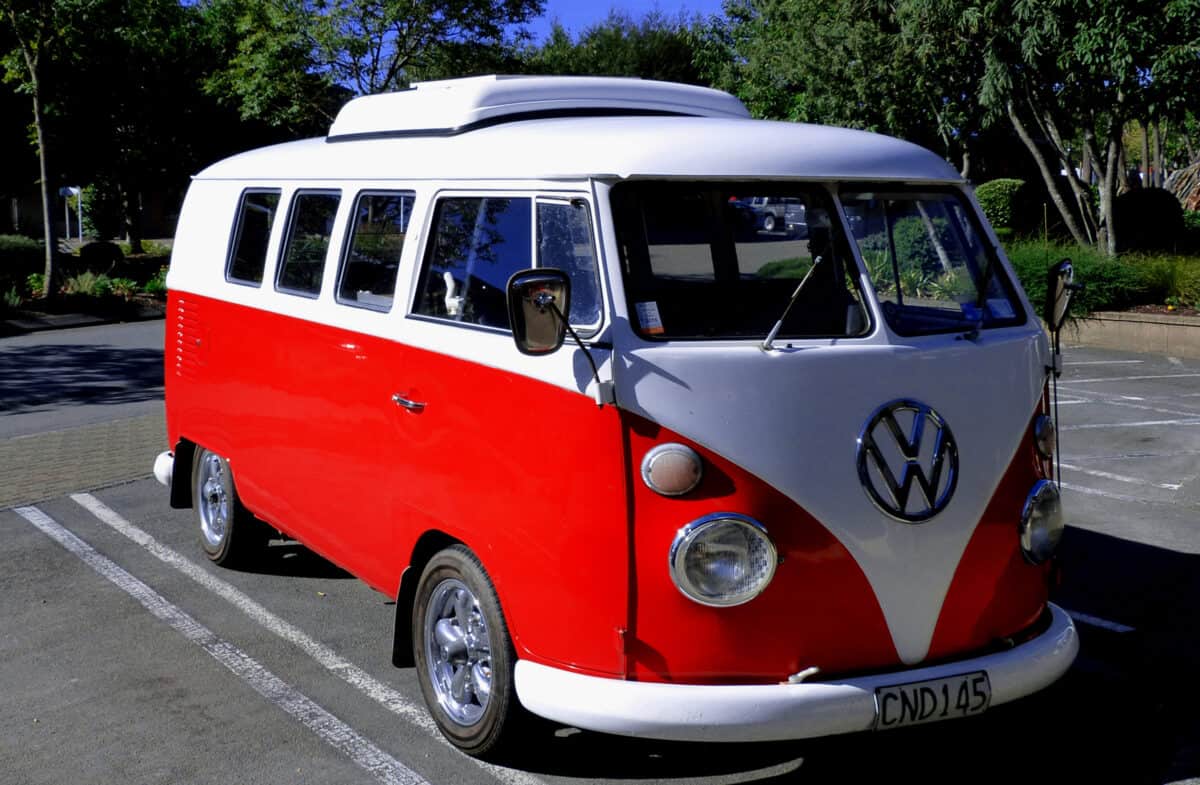
The original VW Transporter had an iconic design that captured the spirit of an era.

Over the years, the design of the VW Transporter has increasingly embraced functionality.
Ford F-Series (1948)
When Ford introduced the F-Series, it cost $1,279, equating to about $16,000 in today’s money.
Although Ford has increased their prices since then, with a 2023 F-150 now starting around $34,000, their cars continue to provide more value. To meet the evolving expectations of its customers,
Ford has upgraded the F-Series significantly.
To improve performance, Ford has transitioned the original manual transmission to an automatic one, and in certain models, horsepower has surged from 60 to 700. Additionally, safety features like airbags and lane departure warnings are now standard, with extras like digital trailer navigation that uses AI to reroute you around tight turns.
One of the things that has made the F-Series so successful over the years is Ford’s commitment to providing a reliable, working truck. Innovations like the Pro Power Onboard, which turns the car into a mobile generator, underscore Ford’s commitment to enhancing its utility, all while staying true to its core mission of serving as a reliable work partner.

To highlight the truck’s enhanced features, Ford called its F-Series pickup the Bonus-Built.

Some F-Series models, like the Ford F-150 Police Responder, are designed for off-road use, allowing police officers to access rugged terrain when required.
©Noah Wulf, CC BY-SA 4.0, via Wikimedia Commons – Original / License
Toyota Land Cruiser (1951)
The Toyota Land Cruiser‘s journey began in 1951 when the first-generation model was introduced as a tough and capable off-road vehicle.
Its design was inspired by the American Willys Jeep, reflecting its utilitarian purpose. Over the years, the Land Cruiser improved its off-road capabilities, earning a reputation for conquering the most challenging terrains around the world.
As the automotive industry evolved, so did the Land Cruiser. In the 1980s, the Land Cruiser transitioned from a utilitarian vehicle to a more comfortable and luxurious SUV. The introduction of the J70 series marked a shift towards a modern and sophisticated design while retaining its off-road capabilities. With each new iteration, the Land Cruiser gained advanced features, refined interiors, and improved performance.
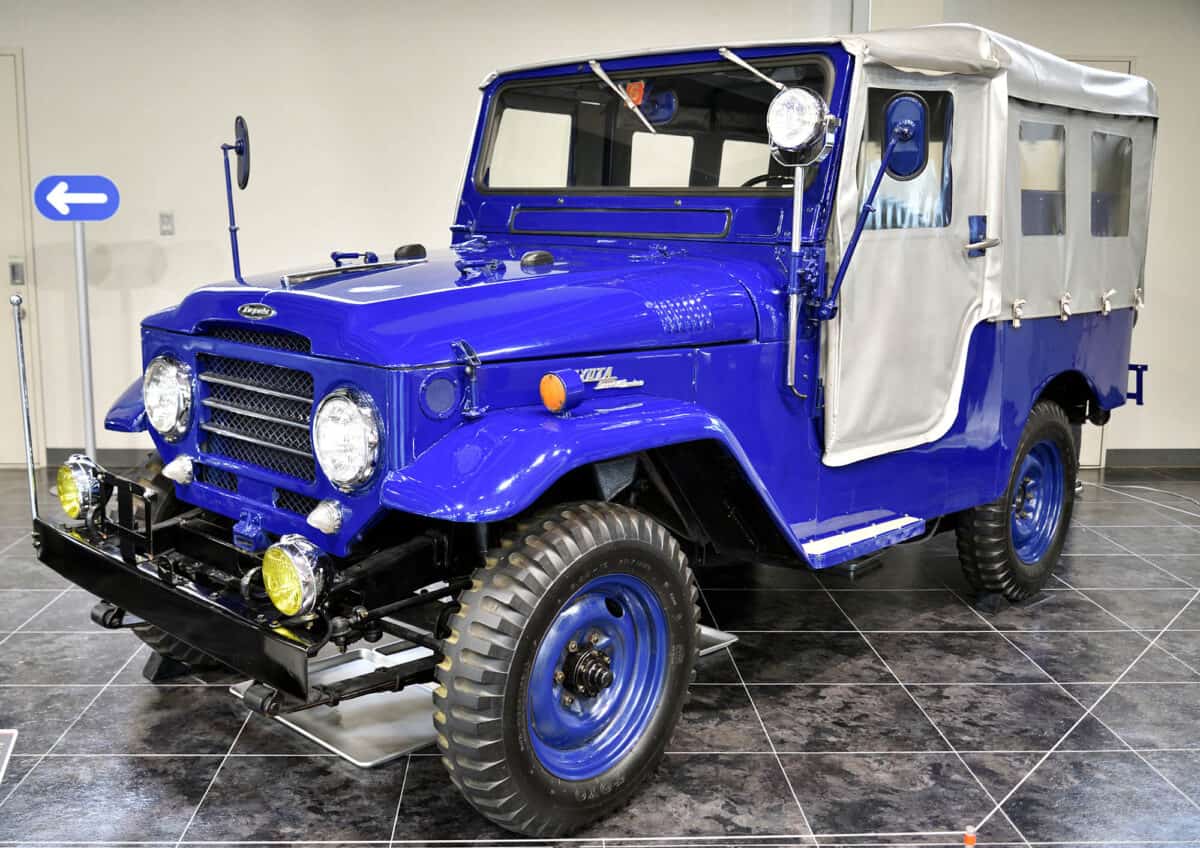
The initial Land Cruiser was created in post-WWII Japan as a practical solution for the nation’s reconstruction efforts.
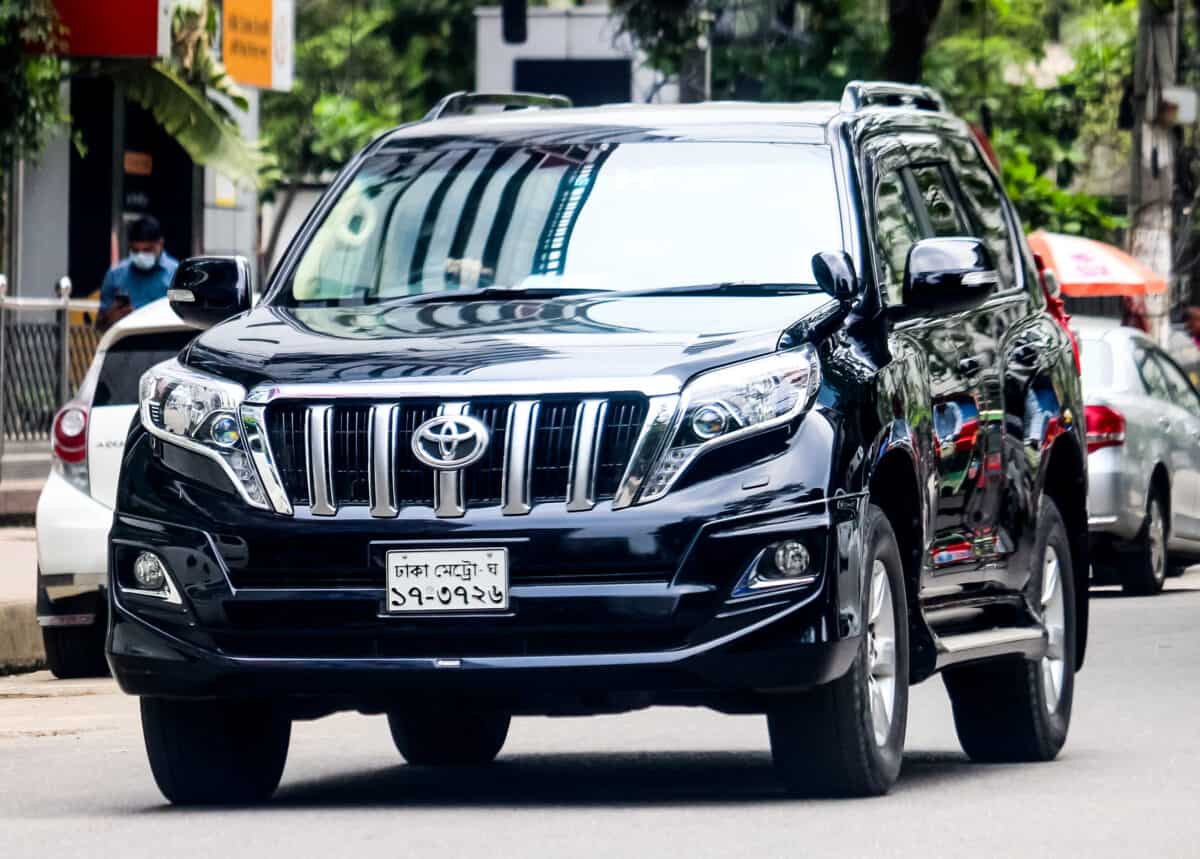
While today’s Land Cruiser is capable of handling rugged terrain, its more commonly used in urban environments.
Chevrolet Corvette (1953)
Starting as a sleek yet underpowered sports car, the Chevrolet Corvette has evolved into a souped-up global icon.
The first generation of the Corvette had a fiberglass body and rounded contours, which gave it a sleek look and air of sophistication. Despite its stylish appearance, the initial inline-six engine struggled to provide the performance to match the car’s aesthetic.
Recognizing the need to align aesthetics with performance, Chevrolet took steps to address the engine’s shortcomings. In 1955, Chevrolet’s engineers upgraded the engine, giving the Corvette a burst of power.
Today, owning a Corvette is a status symbol, affording owners the privilege of experiencing both formidable power and captivating aesthetics.
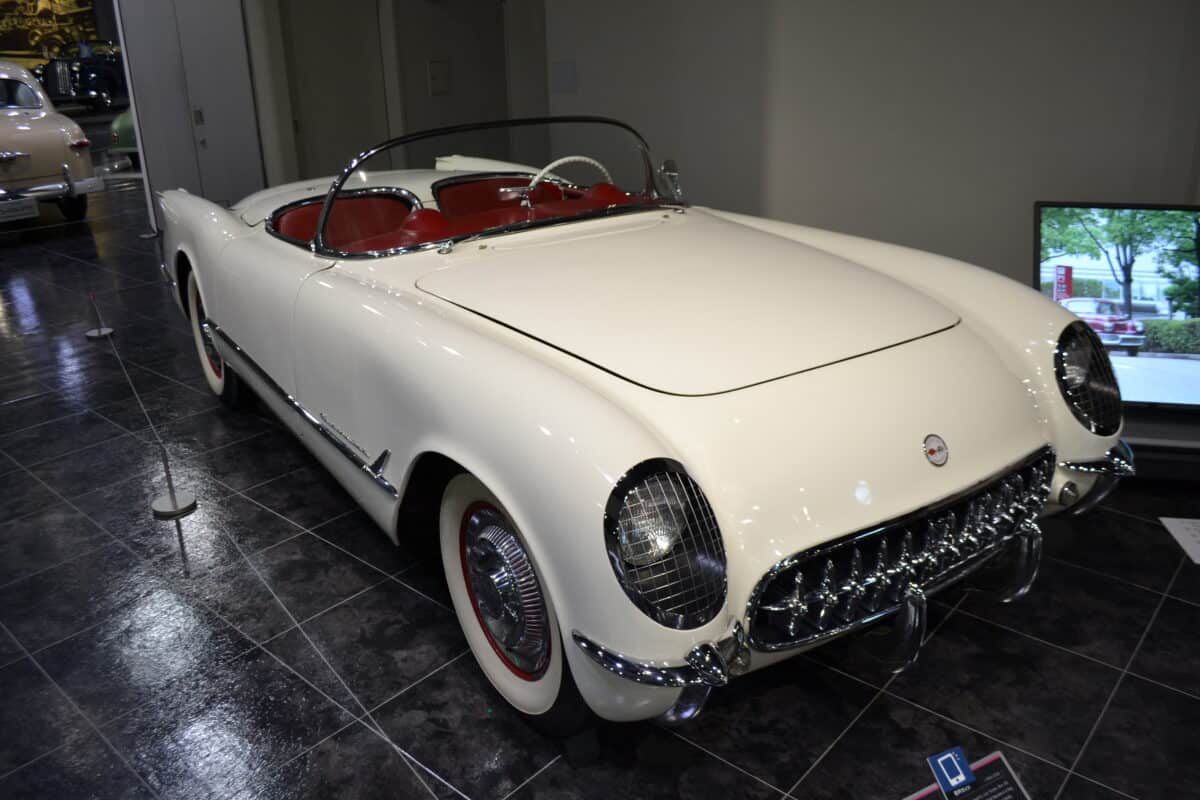
Although the first generation Corvette was visually stunning, it lacked power.
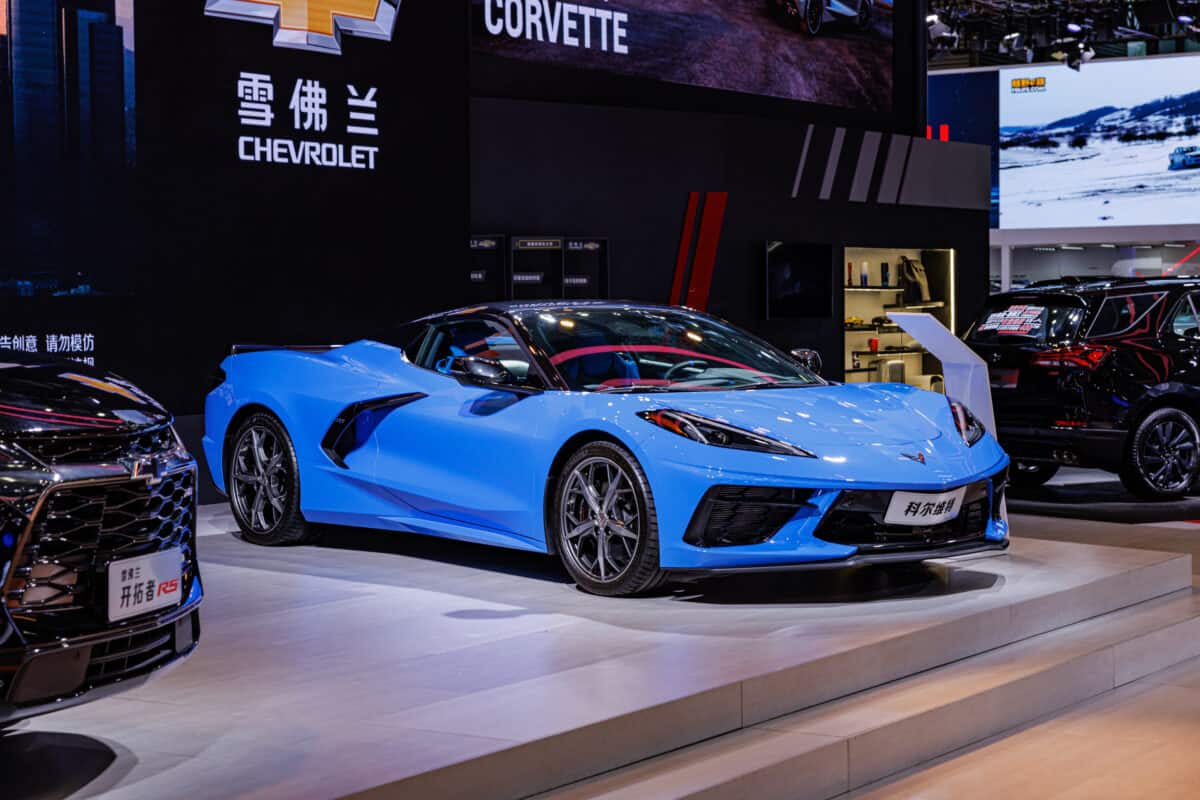
Today, Corvettes are known for both their powerful engines and visual appeal.
Fiat 500 (1957)
After the Fiat 500 was introduced in 1957, it quickly became a symbol of Italy’s post-WWII economic recovery.
During this era, a significant number of people moved to cities. Thanks to its compact design and affordable price, the Fiat 500 became a popular option, even among celebrities, because it offered a convenient solution to navigating narrow city streets.
Today, owning a Fiat 500 is a fashion statement synonymous with the “dolce vita” lifestyle. Remarkably, the design of the Fiat 500 hasn’t undergone any major changes since the 1950s, with customers continuing to embrace its distinct and compact design over the generations.
In recent years, Fiat has taken steps toward electrification, introducing the Fiat 500e, an all-electric version of the iconic model. Although Fiat continues to innovate, the car continues to embrace the qualities that made it popular.

The first Fiat 500 had “suicide doors,” meaning the rear doors hinged at the back.
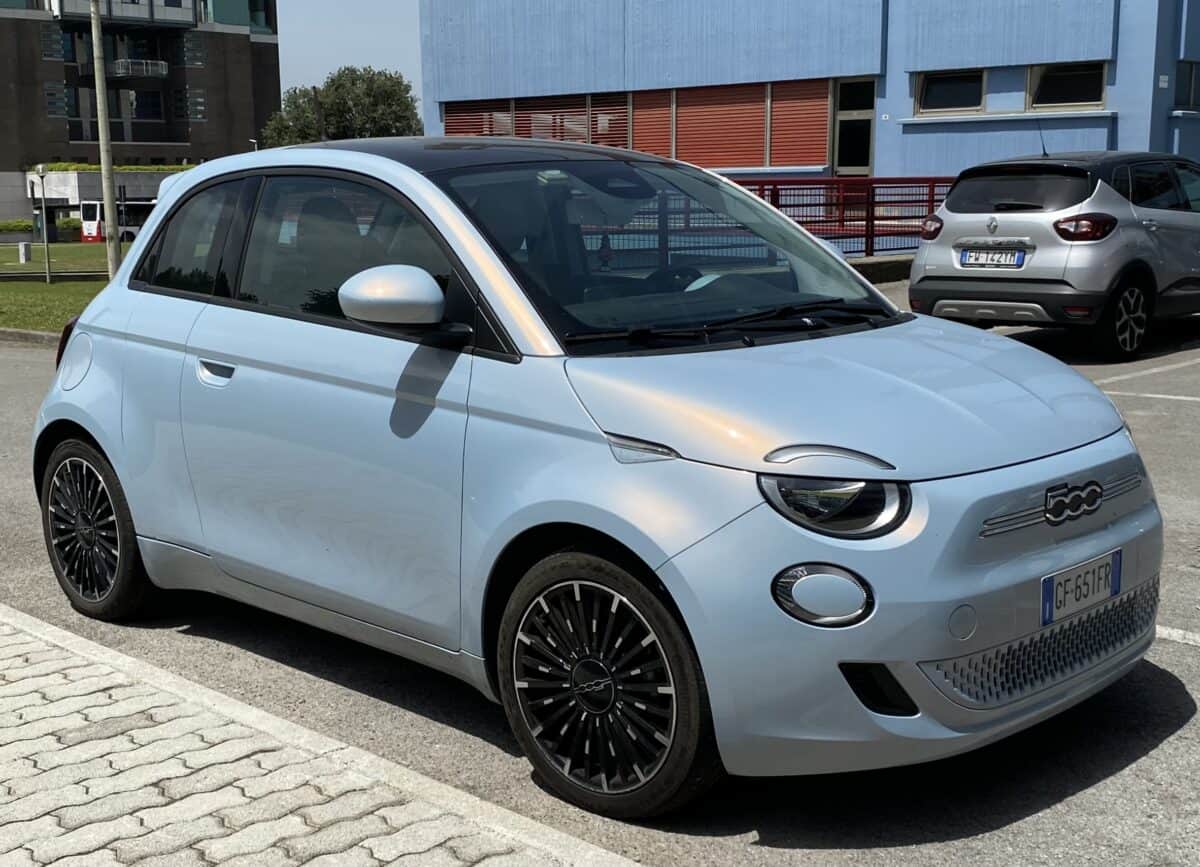
While the look of today’s Fiat 500 is similar to the original, the engine has changed from combustion to electric.
Porsche 911 (1963)
The first Porsche 911 started the iconic sports car legacy we revere today.
Its original design, characterized by its distinctive round headlights, a sloping rear deck, and compact proportions, immediately captured attention. As time progressed, Porsche refined the 911s, introducing impact bumpers and more luxurious interiors. Throughout its evolution, the Porsche 911’s design has remained iconic, with each new generation blending tradition with innovation.
While the Porsche 911’s engine has improved over the generations, they have maintained the flat-six configuration. These engines have a distinct sound, known as the “911 howl,” which is instantly recognizable by automotive enthusiasts worldwide.

The first Porsche 911 produced around 130 horsepower, making it one of the most powerful cars of its time.
©Charles from Port Chester, New York / CC BY 2.0 – Original / License

Today’s base models of the Porsche 911 typically have around 379 to 443 horsepower.
©Charles from Port Chester, New York / CC BY 2.0 – Original / License
Ford Mustang (1964)
When the Ford Mustang was released in 1964, its sleek design captured American hearts, inspiring popular songs like Mustang Sally, a tune that tells a story about a girl who only wants to ride around town in her Mustang.
The first generation Ford Mustang had a long hood and a short deck, design features that have endured until today. These features ignited the “pony car” movement, which sparked other brands to create similar cars, such as the Chevrolet Camaro, Dodge Challenger, and Plymouth Barracuda. These cars became popular because they offered a sporty driving experience at an affordable price, unlike traditional muscle cars.
Today, Ford remains dedicated to producing affordable and sporty Mustangs. Yet, the brand has also integrated numerous advanced features. Notably, the latest Mustang generation can connect with an app that assesses performance metrics and offers tips to improve driving skills.

The first Ford Mustang inspired the pony car movement, with its long hood and short rear deck.

Today’s Mustangs have continued the tradition of the pony car, incorporating upgrades in performance and comfort.
Toyota Corolla (1966)
While the Toyota Corolla has undergone some significant cosmetic changes, consumers continue to choose it for its practicality.
Customers have especially valued its fuel efficiency, dependability, and affordability. Rather than prioritizing flashy design elements, the Toyota Corolla’s emphasis on practicality has been the driving force behind its consistent position as a global bestseller year after year.
In terms of design, the Corolla has adapted to fit the aesthetic tastes of the moment, evolving from a boxy, geometric form to a more aerodynamic one. Additionally, to ensure the car stays relevant, Toyota recently introduced electrified versions.
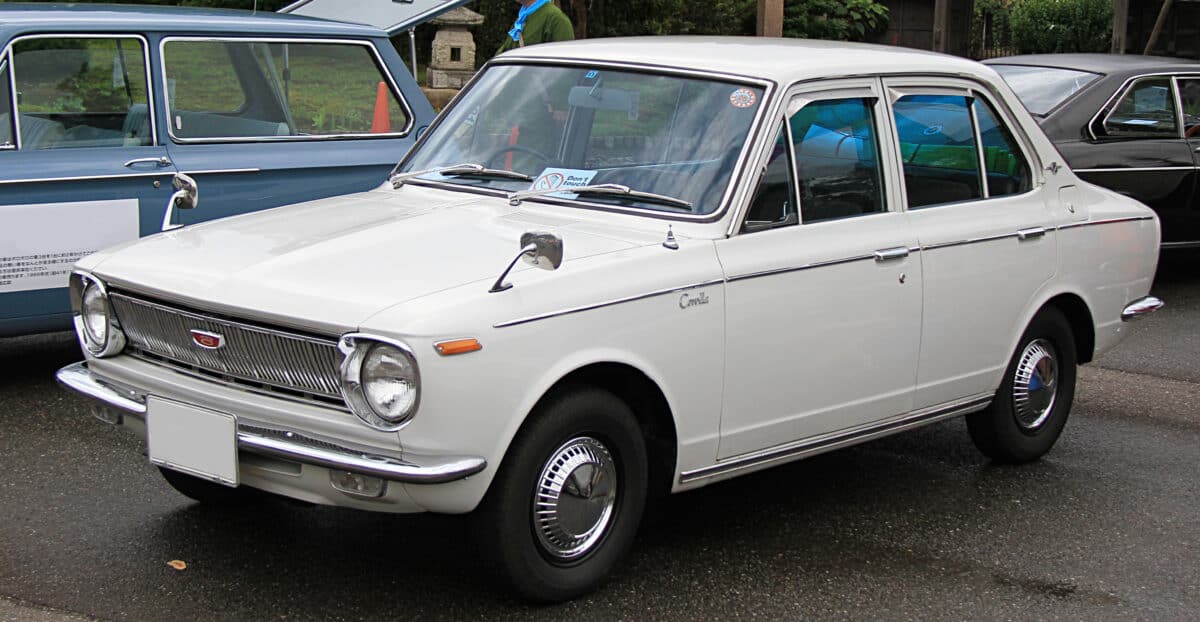
The first Toyota Corolla had a simple yet functional design that emphasized reliability.
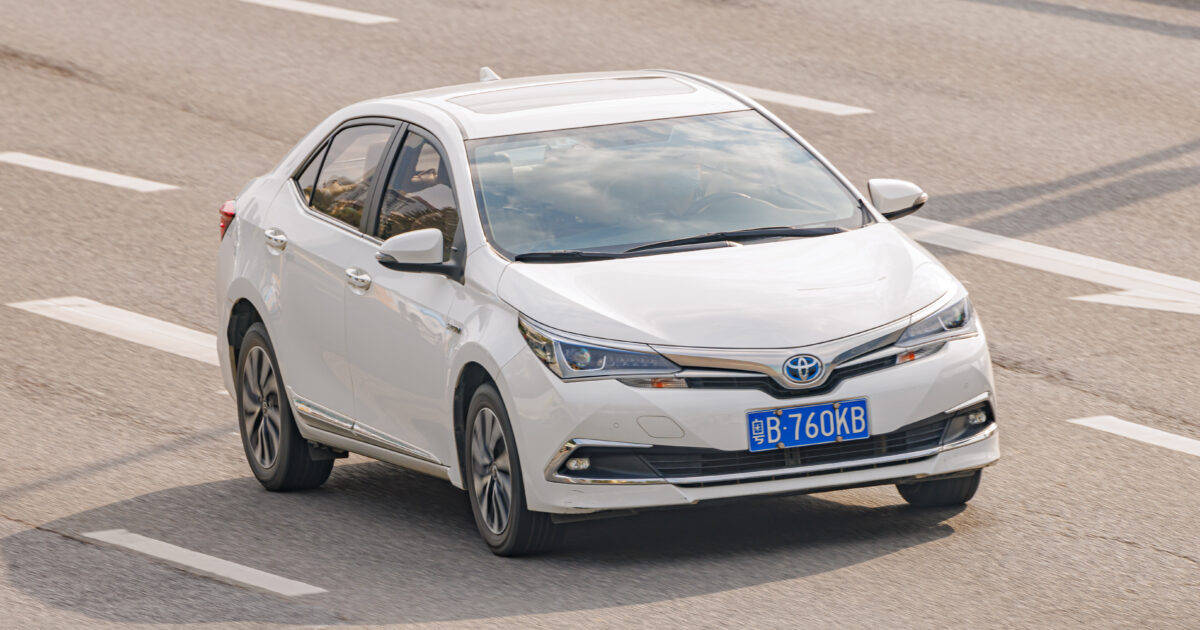
Although the design of the Corolla has changed, it retains its functionality.
Chevrolet Camaro (1967)
To capitalize on the popularity of the Ford Mustang, Chevrolet introduced the Camaro, copying its unique design features and affordable price point.
While the Camaro continues to be a popular choice for those who value a sporty driving experience, Ford has decided to halt production in 2024. Given that Ford once temporarily discontinued production of the Camaro in 2002, reviving it again in 2009, consumers are wondering if the Camaro will come back again following its planned discontinuance. Notably, Ford has hinted that this is not the end of the Camaro.
In anticipation of its halt in production, pony car enthusiasts look forward to a Final Collector’s Edition Camaro. While this car remains shrouded in mystery, Chevrolet has announced that it is inspired by the first-generation Camaro.
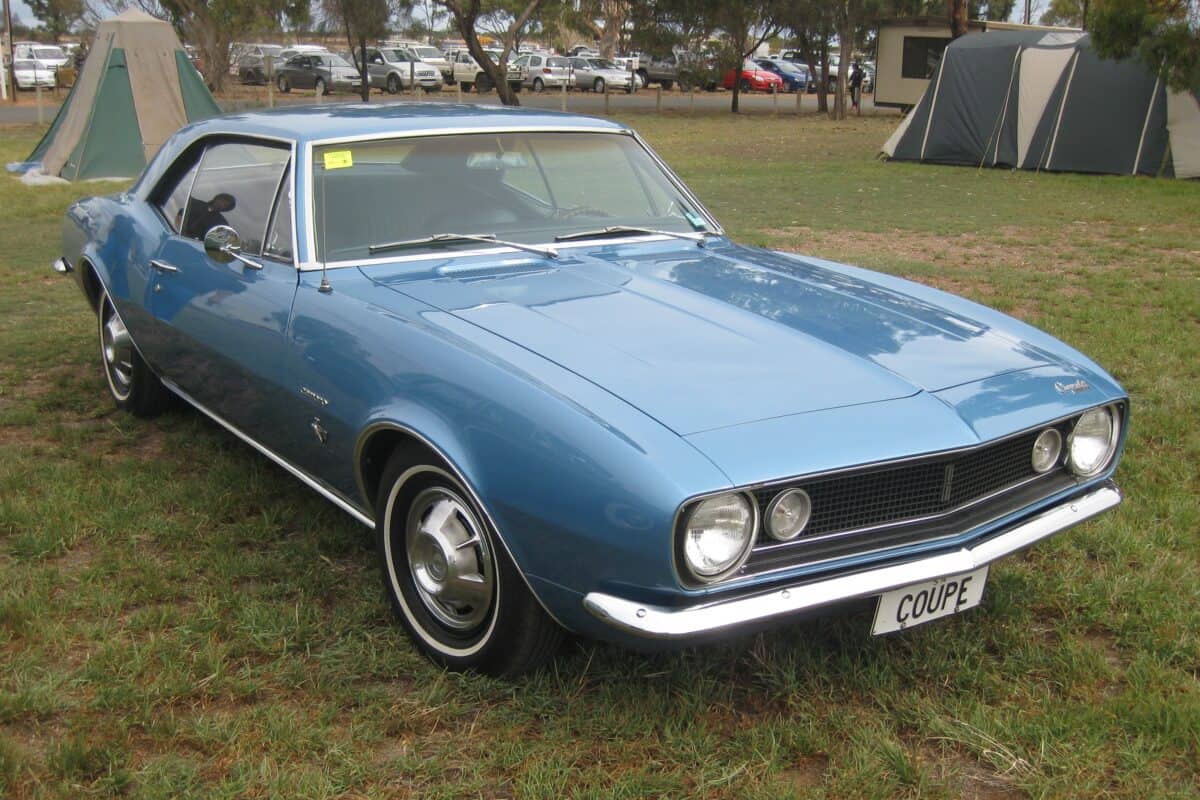
The first Camaro was developed in 28 months, which was remarkably fast for a new car at the time.
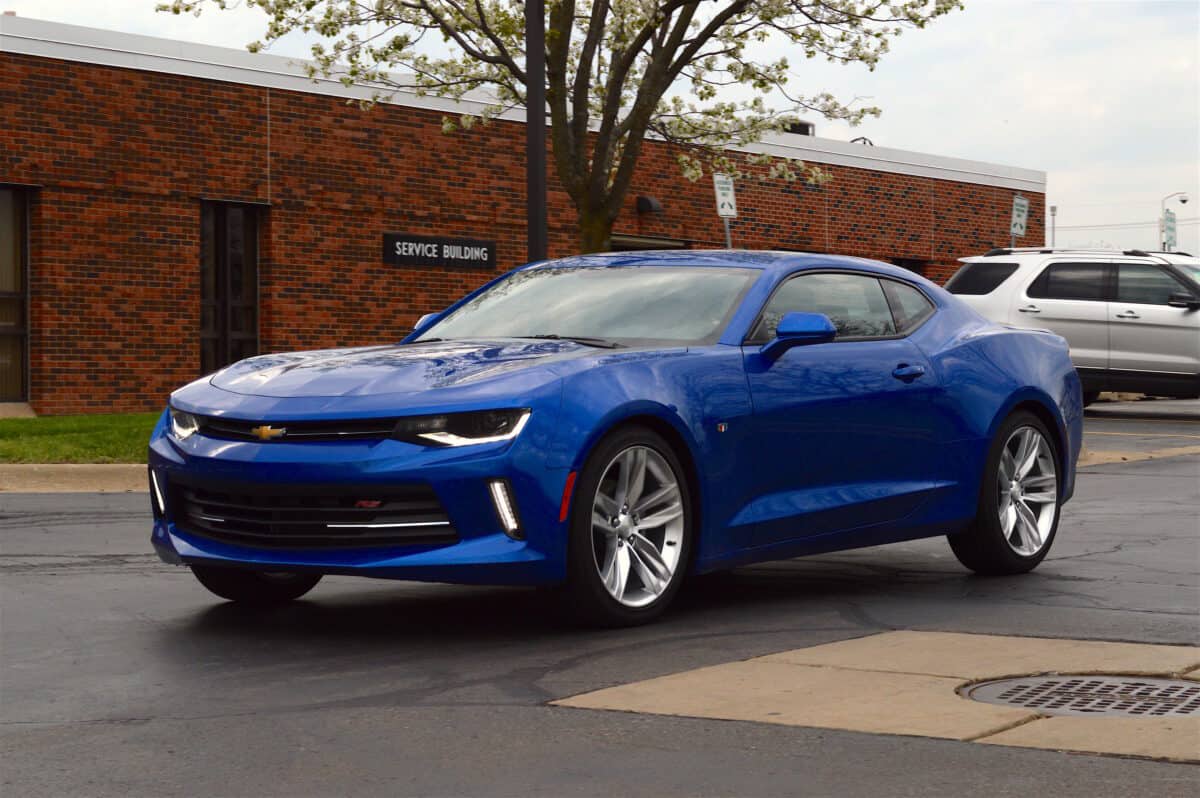
©Yahya S. from United States / CC BY 2.0 – Original / License
Up Next:
- Discover the 6 Oldest Companies in History
- What Was Isaac Newton’s IQ? Was He the Smartest Person Ever?
- Reddit’s 5 Best Workout Apps Are Worth Checking Out Today
The image featured at the top of this post is ©Reinhold Möller, CC BY-SA 4.0, via Wikimedia Commons.
